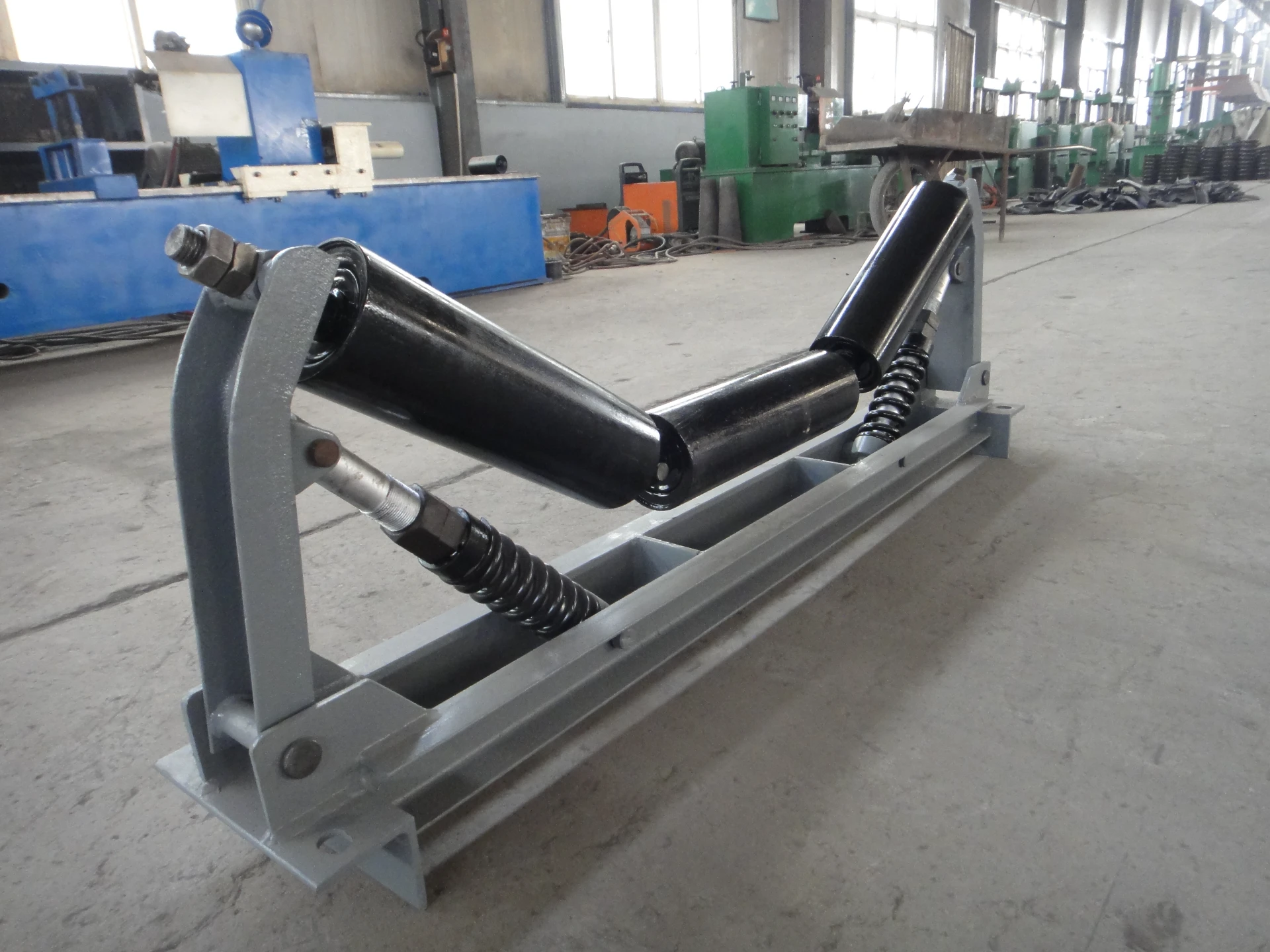 Afrikaans
Afrikaans  Albanian
Albanian  Amharic
Amharic  Arabic
Arabic  Armenian
Armenian  Azerbaijani
Azerbaijani  Basque
Basque  Belarusian
Belarusian  Bengali
Bengali  Bosnian
Bosnian  Bulgarian
Bulgarian  Catalan
Catalan  Cebuano
Cebuano  Corsican
Corsican  Croatian
Croatian  Czech
Czech  Danish
Danish  Dutch
Dutch  English
English  Esperanto
Esperanto  Estonian
Estonian  Finnish
Finnish  French
French  Frisian
Frisian  Galician
Galician  Georgian
Georgian  German
German  Greek
Greek  Gujarati
Gujarati  Haitian Creole
Haitian Creole  hausa
hausa  hawaiian
hawaiian  Hebrew
Hebrew  Hindi
Hindi  Miao
Miao  Hungarian
Hungarian  Icelandic
Icelandic  igbo
igbo  Indonesian
Indonesian  irish
irish  Italian
Italian  Japanese
Japanese  Javanese
Javanese  Kannada
Kannada  kazakh
kazakh  Khmer
Khmer  Rwandese
Rwandese  Korean
Korean  Kurdish
Kurdish  Kyrgyz
Kyrgyz  Lao
Lao  Latin
Latin  Latvian
Latvian  Lithuanian
Lithuanian  Luxembourgish
Luxembourgish  Macedonian
Macedonian  Malgashi
Malgashi  Malay
Malay  Malayalam
Malayalam  Maltese
Maltese  Maori
Maori  Marathi
Marathi  Mongolian
Mongolian  Myanmar
Myanmar  Nepali
Nepali  Norwegian
Norwegian  Norwegian
Norwegian  Occitan
Occitan  Pashto
Pashto  Persian
Persian  Polish
Polish  Portuguese
Portuguese  Punjabi
Punjabi  Romanian
Romanian  Russian
Russian  Samoan
Samoan  Scottish Gaelic
Scottish Gaelic  Serbian
Serbian  Sesotho
Sesotho  Shona
Shona  Sindhi
Sindhi  Sinhala
Sinhala  Slovak
Slovak  Slovenian
Slovenian  Somali
Somali  Spanish
Spanish  Sundanese
Sundanese  Swahili
Swahili  Swedish
Swedish  Tagalog
Tagalog  Tajik
Tajik  Tamil
Tamil  Tatar
Tatar  Telugu
Telugu  Thai
Thai  Turkish
Turkish  Turkmen
Turkmen  Ukrainian
Ukrainian  Urdu
Urdu  Uighur
Uighur  Uzbek
Uzbek  Vietnamese
Vietnamese  Welsh
Welsh  Bantu
Bantu  Yiddish
Yiddish  Yoruba
Yoruba  Zulu
Zulu Understanding Bend and Snub Pulleys in Mechanical Systems and Their Applications
Understanding Bend and Snub Pulleys in Mechanical Systems
In mechanical systems, pulleys play a crucial role in the effective transmission of motion and power. Among various types of pulleys, bend pulleys and snub pulleys are particularly significant in applications where directional changes and tension adjustments are required. Understanding their functions, designs, and applications is essential for engineers and mechanics in various fields, including manufacturing, automotive, and robotics.
Bend Pulleys Functions and Applications
Bend pulleys, often referred to as bend sheaves, are designed to redirect the path of a belt or rope in a mechanical system. They are utilized primarily to change the direction of conveyor belts, power transmission belts, or wire ropes. One of the main advantages of a bend pulley is its ability to minimize the angle through which the belt must turn, thereby reducing wear and stress on the system. This feature is particularly important in applications where continuous operation is vital, such as in conveyor systems in manufacturing plants or material handling equipment.
The design of a bend pulley typically includes a grooved surface that accommodates the belt or rope. This groove allows for a secure fit, preventing slippage and ensuring that the belt remains aligned during operation. Depending on the specific application, bend pulleys may be adjustable or fixed, allowing for precise alignment and tensioning of the conveyor system.
Bend pulleys are commonly used in applications such as escalators, elevators, and various conveyor systems where efficient motion transfer is required. They can be found in industries ranging from construction to logistics, where heavy loads need to be transported over various distances and elevations.
Snub Pulleys Enhancing Tension and Control
bend pulley and snub pulley

Snub pulleys, on the other hand, serve a slightly different purpose. They are placed in a belt system to provide additional tension to the belt, thereby improving its grip on the driving pulley and enhancing overall efficiency. By increasing the contact angle between the pulley and the belt, snub pulleys help to ensure that the belt does not slip under heavy loads or rapid speeds. This characteristic is essential in applications where high torque and consistent performance are needed.
The placement of a snub pulley in a system can also help to alleviate vibrations and harmonics that may occur during operation, leading to prolonged equipment lifespan and reduced maintenance costs. Snub pulleys are often used in conjunction with other pulleys or idlers, forming a comprehensive system that maximizes the reliability of power transmission.
In automotive applications, for instance, snub pulleys are commonly found in timing belt systems and serpentine belts. They play a significant role in maintaining tension and ensuring that all components function smoothly, from crankshafts to alternators.
Conclusion
In summary, bend and snub pulleys are integral components in various mechanical systems, each serving a distinct function that enhances performance and reliability. Bend pulleys excel in redirecting belts and ropes, optimizing the flow of motion in systems requiring directional changes. Conversely, snub pulleys are vital for maintaining proper tension, reducing slippage, and ensuring efficient power transfer.
Understanding the unique characteristics and functionalities of bend and snub pulleys allows engineers and technicians to design more effective systems, enhancing productivity and performance in their respective applications. As industries continue to evolve, the role of these pulleys will remain paramount in driving innovation and efficiency in mechanical systems worldwide.
-
Revolutionizing Conveyor Reliability with Advanced Rubber Lagging PulleysNewsJul.22,2025
-
Powering Precision and Durability with Expert Manufacturers of Conveyor ComponentsNewsJul.22,2025
-
Optimizing Conveyor Systems with Advanced Conveyor AccessoriesNewsJul.22,2025
-
Maximize Conveyor Efficiency with Quality Conveyor Idler PulleysNewsJul.22,2025
-
Future-Proof Your Conveyor System with High-Performance Polyurethane RollerNewsJul.22,2025
-
Driving Efficiency Forward with Quality Idlers and RollersNewsJul.22,2025





























